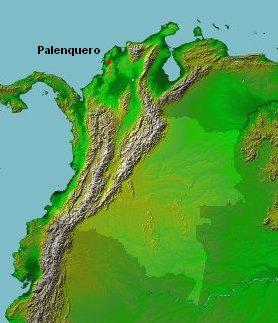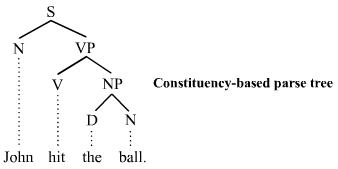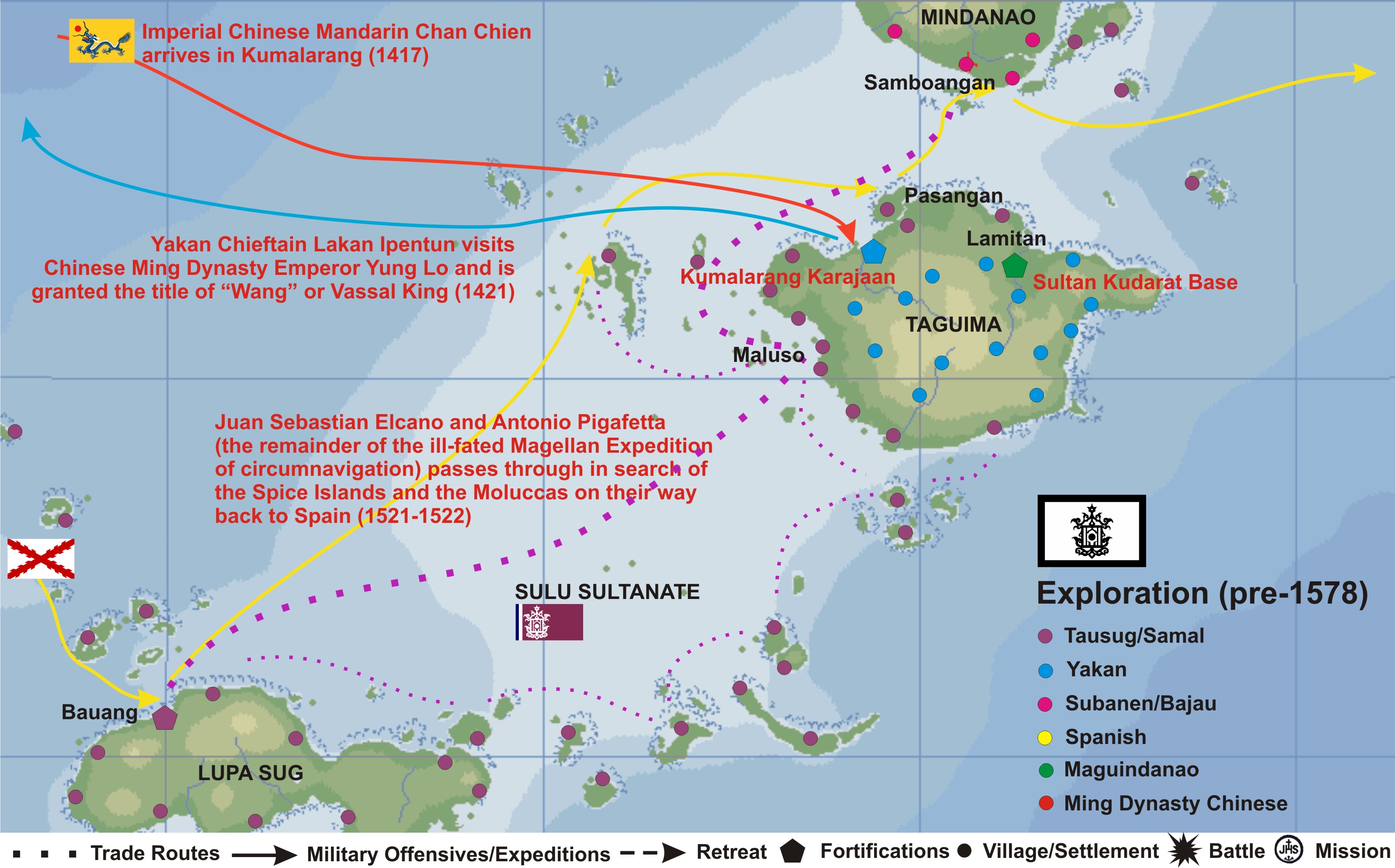|
Spanish-based Creole
A Spanish creole (), or Spanish-based creole language, is a creole language (contact language with native speakers) for which Spanish serves as its substantial ''lexifier''. A number of creole languages are influenced to varying degrees by the Spanish language, including varieties known as Bozal Spanish, Chavacano, and Palenquero. Spanish also influenced other creole languages like Annobonese, Papiamento, and Pichinglis. Any number of Spanish-based pidgins have arisen due to contact between Spanish and other languages, especially in America, such as the used by the Panare people of Venezuela and Roquetas Pidgin Spanish used by agricultural workers in Spain. However, few Spanish pidgins ever creolized with speakers of most pidgins eventually adopting Spanish or other language as their main tongue. Spanish creole languages Bozal Spanish Bozal Spanish is a possibly extinct Spanish-based creole language that may have been a mixture of Spanish and Kikongo, with Portuguese inf ... [...More Info...] [...Related Items...] OR: [Wikipedia] [Google] [Baidu] |
Creole Language
A creole language, or simply creole, is a stable form of contact language that develops from the process of different languages simplifying and mixing into a new form (often a pidgin), and then that form expanding and elaborating into a full-fledged language with Nativization, native speakers, all within a fairly brief period. While the concept is similar to that of a mixed language, mixed or hybrid language, creoles are often characterized by a tendency to systematize their inherited grammar (e.g., by eliminating irregularities). Like any language, creoles are characterized by a consistent system of grammar, possess large stable vocabularies, and are Language acquisition, acquired by children as their native language. These three features distinguish a creole language from a pidgin. Creolistics, or creology, is the study of creole languages and, as such, is a subfield of linguistics. Someone who engages in this study is called a creolist. The precise number of creole languages ... [...More Info...] [...Related Items...] OR: [Wikipedia] [Google] [Baidu] |
Central America
Central America is a subregion of North America. Its political boundaries are defined as bordering Mexico to the north, Colombia to the southeast, the Caribbean to the east, and the Pacific Ocean to the southwest. Central America is usually defined as consisting of seven countries: Belize, Costa Rica, El Salvador, Guatemala, Honduras, Nicaragua, and Panama. Within Central America is the Mesoamerican biodiversity hotspot, which extends from southern Mexico to southeastern Panama. Due to the presence of several active geologic faults and the Central America Volcanic Arc, there is a high amount of seismic activity in the region, such as volcanic eruptions and earthquakes, which has resulted in death, injury, and property damage. Most of Central America falls under the Isthmo-Colombian cultural area. Before the Spanish expedition of Christopher Columbus' voyages to the Americas, hundreds of indigenous peoples made their homes in the area. From the year 1502 onwards, Spain ... [...More Info...] [...Related Items...] OR: [Wikipedia] [Google] [Baidu] |
Ethnologue
''Ethnologue: Languages of the World'' is an annual reference publication in print and online that provides statistics and other information on the living languages of the world. It is the world's most comprehensive catalogue of languages. It was first issued in 1951 and is now published by SIL International, an American evangelical Parachurch organization, Christian non-profit organization. Overview and content ''Ethnologue'' has been published by SIL Global (formerly known as the Summer Institute of Linguistics), a Christian linguistics, linguistic service organization with an international office in Dallas, Texas. The organization studies numerous minority languages to facilitate language development, and to work with speakers of such language communities in translating portions of the Bible into their languages. Despite the Christian orientation of its publisher, ''Ethnologue'' is not ideologically or theologically biased. ''Ethnologue'' includes alternative names and Exo ... [...More Info...] [...Related Items...] OR: [Wikipedia] [Google] [Baidu] |
Code-switching
In linguistics, code-switching or language alternation occurs when a speaker alternates between two or more languages, or language varieties, in the context of a single conversation or situation. These alternations are generally intended to influence the relationship between the speakers, for example, suggesting that they may share identities based on similar linguistic histories. Code-switching is different from plurilingualism in that plurilingualism refers to the ability of an individual to use multiple languages, while code-switching is the act of using multiple languages together. Multilinguals (speakers of more than one language) sometimes use elements of multiple languages when conversing with each other. Thus, code-switching is the use of more than one linguistic variety in a manner consistent with the syntax and phonology of each variety. Code-switching may happen between sentences, sentence fragments, words, or individual morphemes (in synthetic languages). Ho ... [...More Info...] [...Related Items...] OR: [Wikipedia] [Google] [Baidu] |
Radio
Radio is the technology of communicating using radio waves. Radio waves are electromagnetic waves of frequency between 3 hertz (Hz) and 300 gigahertz (GHz). They are generated by an electronic device called a transmitter connected to an antenna which radiates the waves. They can be received by other antennas connected to a radio receiver; this is the fundamental principle of radio communication. In addition to communication, radio is used for radar, radio navigation, remote control, remote sensing, and other applications. In radio communication, used in radio and television broadcasting, cell phones, two-way radios, wireless networking, and satellite communication, among numerous other uses, radio waves are used to carry information across space from a transmitter to a receiver, by modulating the radio signal (impressing an information signal on the radio wave by varying some aspect of the wave) in the transmitter. In radar, used to locate and track ob ... [...More Info...] [...Related Items...] OR: [Wikipedia] [Google] [Baidu] |
Television
Television (TV) is a telecommunication medium for transmitting moving images and sound. Additionally, the term can refer to a physical television set rather than the medium of transmission. Television is a mass medium for advertising, entertainment, news, and sports. The medium is capable of more than "radio broadcasting", which refers to an audio signal sent to radio receivers. Television became available in crude experimental forms in the 1920s, but only after several years of further development was the new technology marketed to consumers. After World War II, an improved form of black-and-white television broadcasting became popular in the United Kingdom and the United States, and television sets became commonplace in homes, businesses, and institutions. During the 1950s, television was the primary medium for influencing public opinion.Diggs-Brown, Barbara (2011''Strategic Public Relations: Audience Focused Practice''p. 48 In the mid-1960s, color broadcasting was ... [...More Info...] [...Related Items...] OR: [Wikipedia] [Google] [Baidu] |
Primary Education
Primary education is the first stage of Education, formal education, coming after preschool/kindergarten and before secondary education. Primary education takes place in ''primary schools'', ''elementary schools'', or first schools and middle schools, depending on the location. Hence, in the United Kingdom and some other countries, the term ''primary'' is used instead of ''elementary''. There is no commonly agreed on duration of primary education, but often three to six years of elementary school, and in some countries (like the US) the first Primary education in the United States, seven to nine years are considered primary education. The International Standard Classification of Education considers primary education as a single phase where programs are typically designed to provide fundamental reading, writing, and mathematics skills and establish a solid foundation for learning. This is International Standard Classification of Education#Level 1, ISCED Level 1: Primary educatio ... [...More Info...] [...Related Items...] OR: [Wikipedia] [Google] [Baidu] |
Grammar
In linguistics, grammar is the set of rules for how a natural language is structured, as demonstrated by its speakers or writers. Grammar rules may concern the use of clauses, phrases, and words. The term may also refer to the study of such rules, a subject that includes phonology, morphology (linguistics), morphology, and syntax, together with phonetics, semantics, and pragmatics. There are, broadly speaking, two different ways to study grammar: traditional grammar and #Theoretical frameworks, theoretical grammar. Fluency in a particular language variety involves a speaker internalizing these rules, many or most of which are language acquisition, acquired by observing other speakers, as opposed to intentional study or language teaching, instruction. Much of this internalization occurs during early childhood; learning a language later in life usually involves more direct instruction. The term ''grammar'' can also describe the linguistic behaviour of groups of speakers and writer ... [...More Info...] [...Related Items...] OR: [Wikipedia] [Google] [Baidu] |
Zamboanga City
Zamboanga City, officially the City of Zamboanga (; ; Subanen languages, Subanen: ''Bagbenwa Sembwangan''; Sama–Bajaw languages, Sama: ''Lungsud Samboangan''; ; ; ) is a Cities of the Philippines#Legal classification, highly urbanized city in the Zamboanga Peninsula region of the Philippines. According to the 2020 census, it has a population of 977,234 people. It is third-largest city by land area in the Philippines, and is also the sixth-most populous city in the archipelago; additionally, it is the second most populous in Mindanao after Davao City. It is the commercial and industrial center of the Zamboanga Peninsula Region. On October 12, 1936, Zamboanga became a chartered city under Commonwealth Act No. 39. It was inaugurated on February 26, 1937. Zamboanga City is an independent, chartered city and was designated highly urbanized on November 22, 1983. Although geographically separated, and an independent and chartered city, Zamboanga City is grouped with the province o ... [...More Info...] [...Related Items...] OR: [Wikipedia] [Google] [Baidu] |
Census
A census (from Latin ''censere'', 'to assess') is the procedure of systematically acquiring, recording, and calculating population information about the members of a given Statistical population, population, usually displayed in the form of statistics. This term is used mostly in connection with Population and housing censuses by country, national population and housing censuses; other common censuses include Census of agriculture, censuses of agriculture, traditional culture, business, supplies, and traffic censuses. The United Nations (UN) defines the essential features of population and housing censuses as "individual enumeration, universality within a defined territory, simultaneity and defined periodicity", and recommends that population censuses be taken at least every ten years. UN recommendations also cover census topics to be collected, official definitions, classifications, and other useful information to coordinate international practices. The United Nations, UN's Food ... [...More Info...] [...Related Items...] OR: [Wikipedia] [Google] [Baidu] |
Isabela, Basilan
Isabela, officially the City of Isabela (Chavacano language, Chavacano: ''Ciudad de Isabela''; Tausūg language, Tausūg: ''Dāira sin Isabela''; Yakan language, Yakan: ''Siudad Isabelahin''; ), is a Cities of the Philippines#Legal classification, component city and ''de facto'' capital of the Provinces of the Philippines, province of Basilan, Philippines. According to the 2020 census, it has a population of 130,379 people making it the most populous city in the province. It is also colloquially known as Isabela de Basilan to differentiate the city's name from the Isabela (province), province of Isabela in Luzon. While administratively the island province of Basilan is part of the Bangsamoro, Bangsamoro Autonomous Region in Muslim Mindanao (BARMM), Isabela, which previously served as its capital since the province's creation, itself is not part of this region, being placed instead under the Zamboanga Peninsula region. While the city is still regulated by the Basilan provincial ... [...More Info...] [...Related Items...] OR: [Wikipedia] [Google] [Baidu] |
Philippines
The Philippines, officially the Republic of the Philippines, is an Archipelagic state, archipelagic country in Southeast Asia. Located in the western Pacific Ocean, it consists of List of islands of the Philippines, 7,641 islands, with a total area of roughly 300,000 square kilometers, which are broadly categorized in Island groups of the Philippines, three main geographical divisions from north to south: Luzon, Visayas, and Mindanao. With a population of over 110 million, it is the world's List of countries and dependencies by population, twelfth-most-populous country. The Philippines is bounded by the South China Sea to the west, the Philippine Sea to the east, and the Celebes Sea to the south. It shares maritime borders with Taiwan to the north, Japan to the northeast, Palau to the east and southeast, Indonesia to the south, Malaysia to the southwest, Vietnam to the west, and China to the northwest. It has Ethnic groups in the Philippines, diverse ethnicities and Culture o ... [...More Info...] [...Related Items...] OR: [Wikipedia] [Google] [Baidu] |







